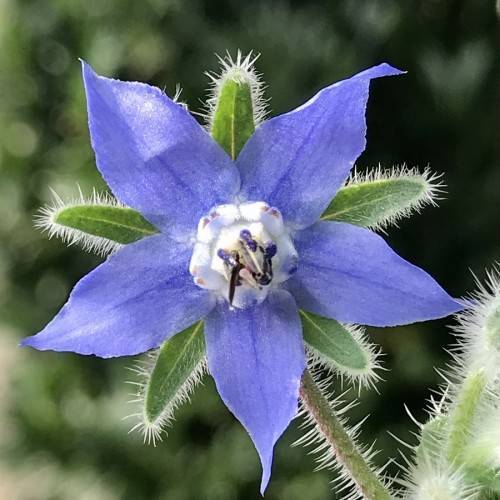
borage
Borago officinalis
Cycle:
Annual
Watering:
Average
Hardiness Zone:
2 - 11
Flowers:
Flowers
Sun:
full sun,part shade
Leaf:
Yes
Growth Rate:
Low
Maintenance:
Low
Drought Tolerant:
Yes
Salt Tolerant:
Yes
Care Level:
Medium
watering
Borage should be well-watered during the growing season, especially during hot or dry weather. About an inch of water should be given per week, either from rainfall or irrigation. During periods of intense heat, borage should be watered more frequently, about every 3 days, to ensure the soil remains moist. Borage should be watered at the base of the plant and not on the leaves to prevent fungal diseases. In the winter months, borage should only need to be watered about once-twice per month.
sunlight
Borage needs full sun exposure for optimal growth. During the summer months, borage should receive 5-7 hours of direct sunlight per day. If it doesn’t get enough sun, it can lead to weak and underdeveloped plants. During the winter months, borage should get 2-4 hours of sunlight per day, with plenty of indirect light throughout the day. In climates with higher temperatures and increased sunlight, borage should be shaded during the peak of the day or the hottest part of the afternoon.
pruning
Pruning borage (Borago officinalis) is best done in late winter or early spring before new growth appears. Prune lightly to remove any dead stems and old seed heads. For borage plants grown for foliage, prune up to 1/3 of the stems at a time back to the desired size with shears or other pruning tools. Prevent over pruning by only cutting back to where there are still a few larger leaves left on the stem. For flowering borage varieties, prune spent blooms after they are done to encourage re-blooming and allow light into the center of the plant.
